Data breaches make the headlines more often than we’d like. Here are some of the most recent chapters in the inglorious history of data breaches.

Data breach knowledge center
A data breach involving your personal information can leave you feeling vulnerable and overwhelmed. We’ve gathered resources to keep you better informed and protected. Stay calm and take the right steps to protect your identity, online accounts, and finances after a data breach.
October 2025 Salesforce data breach: What you need to know
One billion customer records were allegedly stolen from a Salesforce database of 39 companies, including Qantas, McDonald’s, and AeroMexico. The hacker group behind the incident is threatening to expose the records if ransom demands are not met.
The stolen information could include Social Security numbers, passport numbers, names, and birth dates. If exploited, criminals can use this information to commit identity theft.
Why data breaches matter: Four major risks
Data breaches occur when someone illegally accesses confidential or sensitive data, like personally identifiable information, and exposes or misuses it. The risks depend on what’s been compromised: leaked email addresses or phone numbers can lead to an uptick in spam and scams, while a stolen Social Security number could leave you dealing with the consequences of identity theft for years.
What do hackers do with your stolen info?
Data breaches are gold mines for hackers, fraudsters, and identity thieves. Learn more in this episode of Unlocking the Truth.
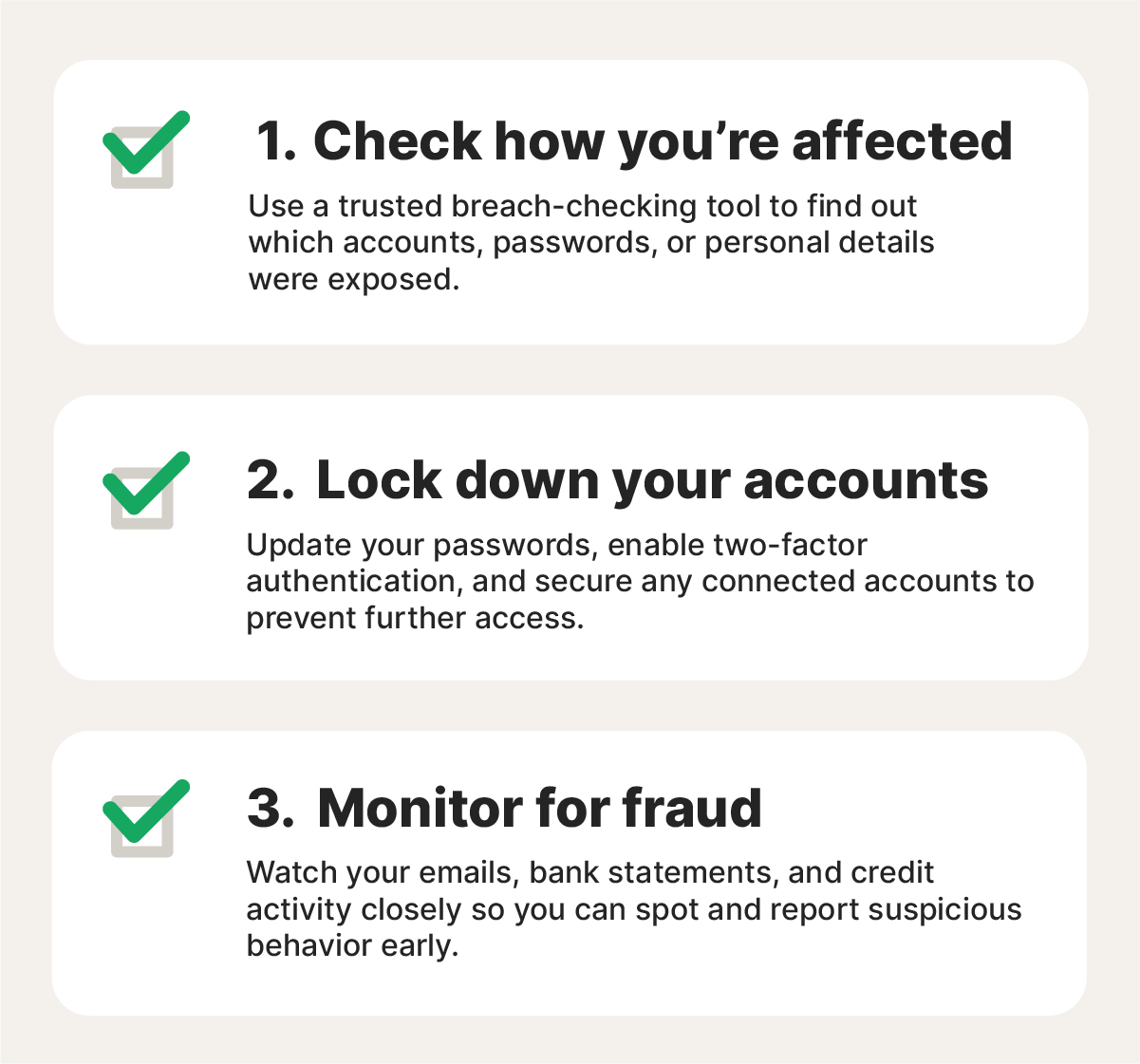
You were the victim of a data breach. What next?
If you suspect your data was exposed in a breach, what you do next is critical. Start by determining what data was exposed — just your email address, or your SSN, medical records, and login credentials, too? A data breach checker can help you find out.
Next, take action to protect your accounts by changing your passwords and turning on 2FA. Be on high alert for phishing attacks. You may also want to freeze your credit or issue a fraud alert.
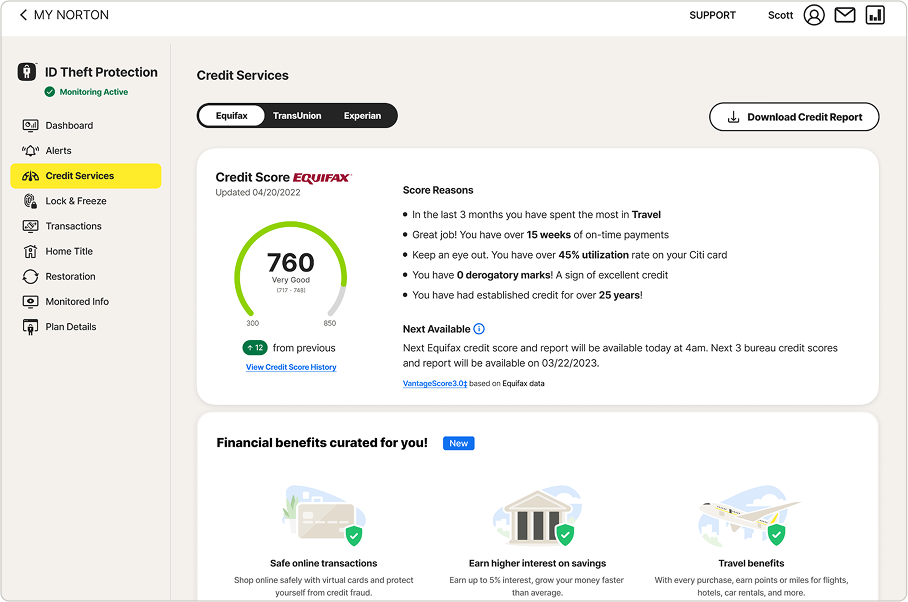
Get Norton 360 with LifeLock
Monitoring for signs of identity theft doesn’t have to be painful. Install Norton 360 with LifeLock for identity alerts, credit monitoring, and powerful device protection — all in one place
How data breaches happen
Data breaches happen when cybercriminals find a way into protected systems — usually by tricking people through social engineering, hacking into systems, or abusing legitimate access.
More on data breaches and their causes
Data breaches in the news
In September 2025, Kering, the parent company of luxury brands like Gucci, Balenciaga, and Alexander McQueen, announced a data breach that exposed the personal information of around 7.4 million customers worldwide. The hackers have been identified as the Shiny Hunters group. The stolen information included names, email addresses, home addresses, phone numbers, and spending records.
In October 2025, 5CA, a third-party vendor providing services to Discord, reported a breach that affected approximately 70,000 Discord users. Data that may have been exposed included, among other records, names, Discord usernames, emails, billing information, IP addresses, and images of government IDs used in age verification procedures.
In July 2025, TransUnion, one of the three major credit reporting companies, suffered a data breach that exposed millions of customers’ personal information. Hackers stole sensitive data from a third-party application used for customer support, which includes names, birthdates, and Social Security numbers.
Nearly 16 million PayPal users’ credentials were allegedly posted for sale on the dark web around August 2025. While PayPal disputes this is the result of a recent breach, stating the allegations relate to a 2022 security incident, hackers claim the exposed info includes email addresses and plaintext passwords obtained in May 2025.
Over 16 billion login credentials of Apple, Facebook, and Google users were allegedly exposed around June 2025, potentially making it one of the largest data breaches in history. They were originally stolen using information-stealing malware — malicious software that gathers all the data it can find on a stored device and compiles it.
National Public Data, a data broker that provided online background checks and fraud prevention services, shut down in 2024 in the aftermath of a major data breach that left 2.9 billion records of 170 million people exposed. Leaked data included full names, Social Security numbers, mailing addresses, email addresses, and phone numbers.
Nearly 90 million AT&T customer records were breached in 2024, including full names, Social Security numbers, addresses, phone numbers, and email addresses. In early summer 2025, security experts discovered that these records had been re-packaged and put up for sale on the dark web again.
Ways to reduce your risk

How to create a secure password
Explore more Cyber Safety topics
Learn how to stay safer online and help protect your digital privacy.
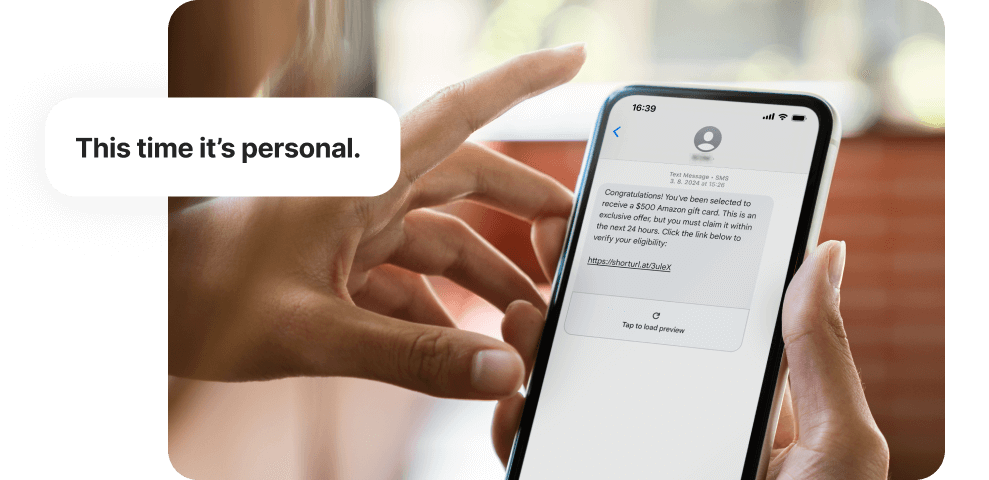
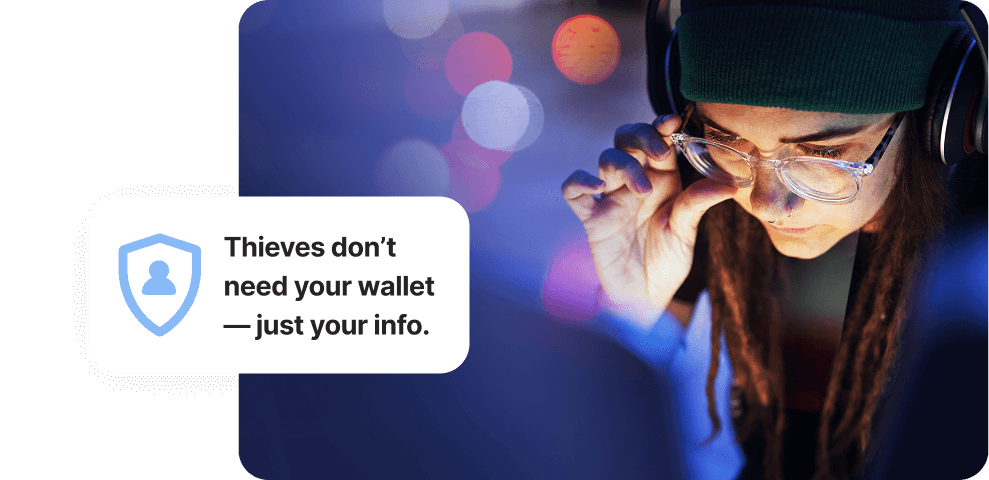

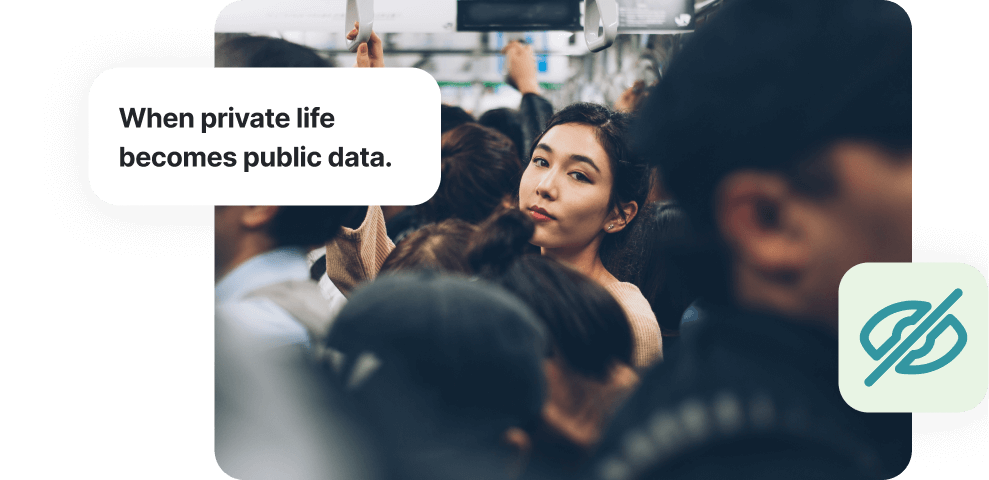
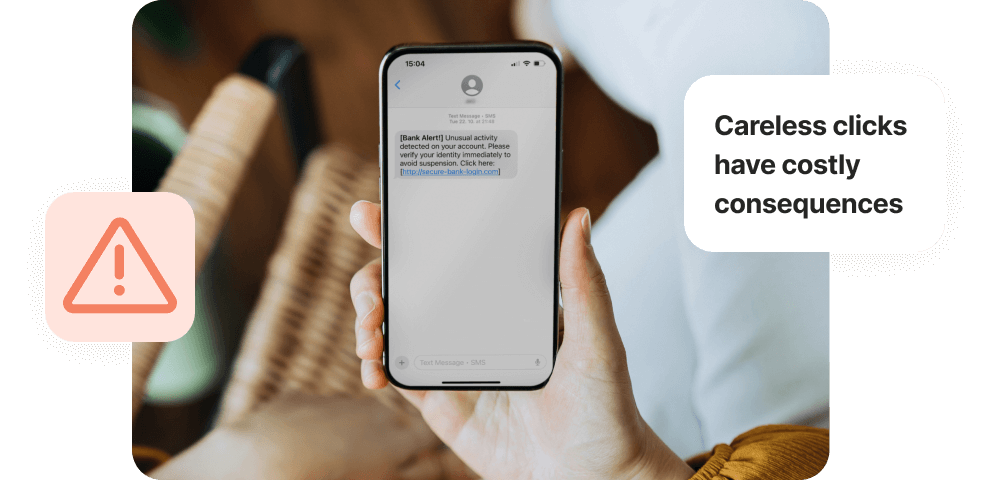

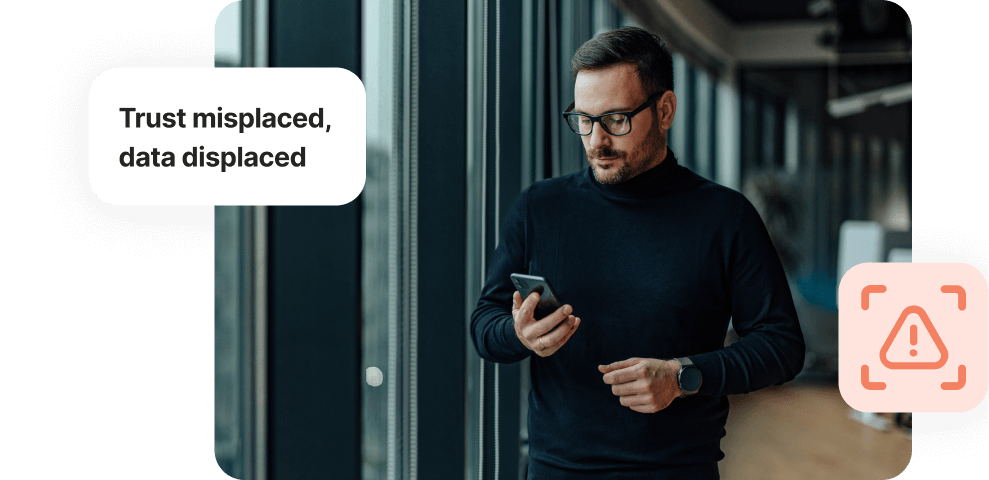










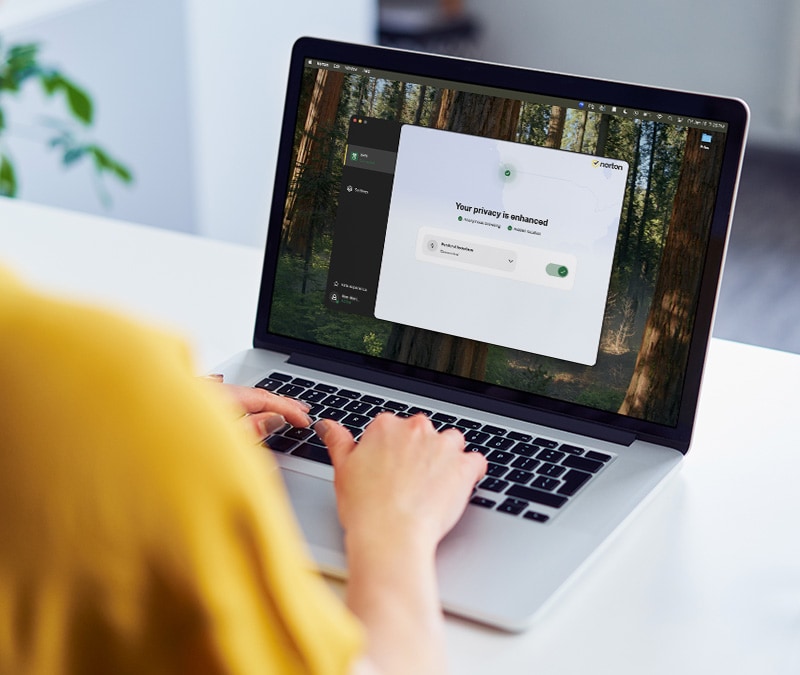


Want more?
Follow us for all the latest news, tips, and updates.